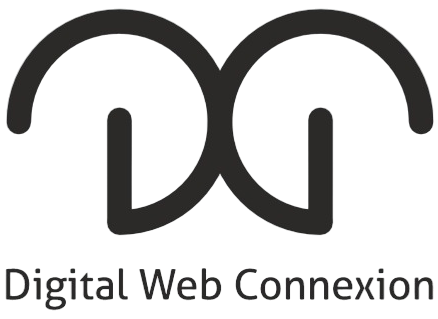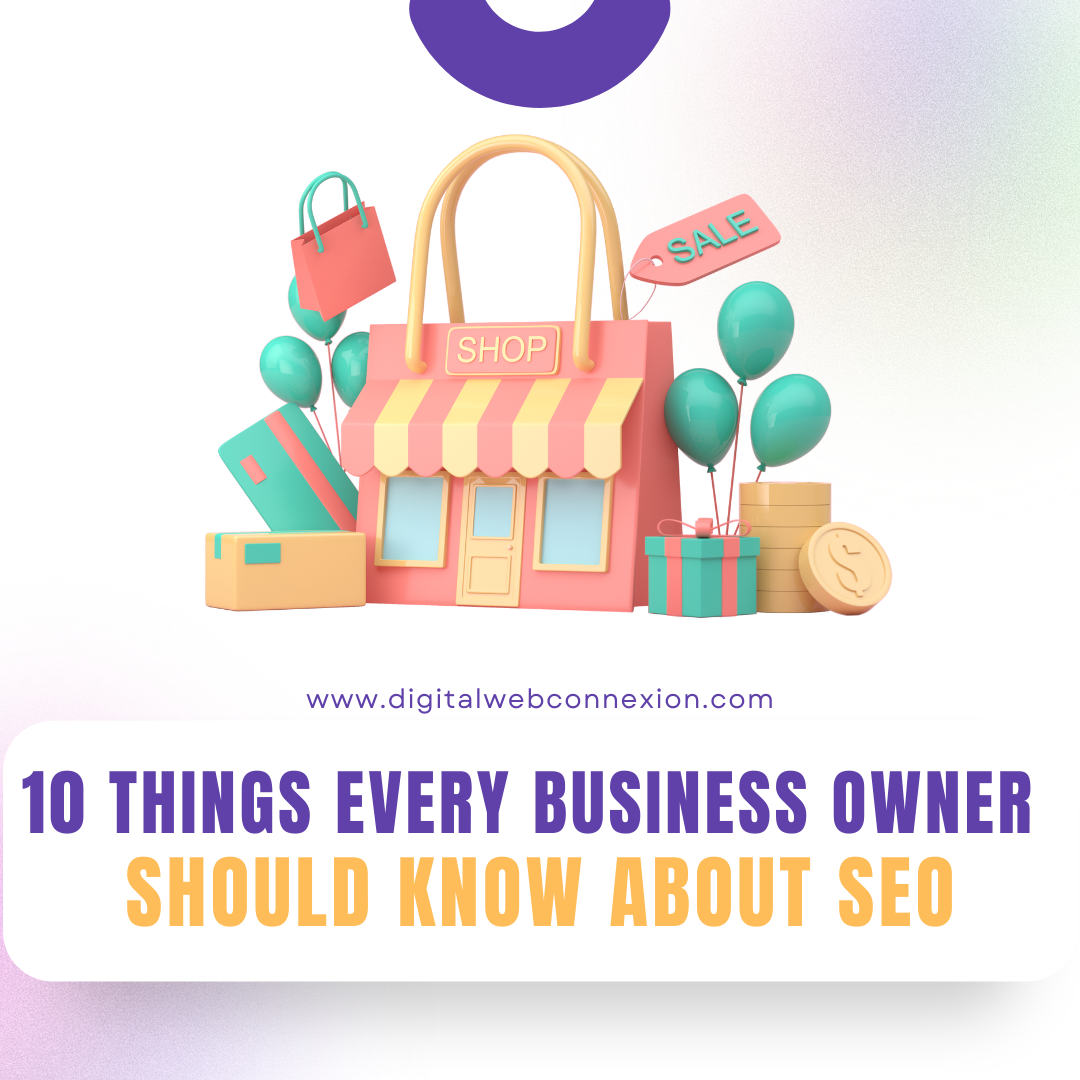In today’s digital age, e-commerce has become a vital part of any business that wants to reach a global audience. However, merely having an online store is not enough to drive traffic and increase sales. To be successful in the e-commerce industry, you need to have a solid SEO strategy that can help your website rank higher in search engine results pages (SERPs). In this comprehensive guide, we will discuss everything you need to know about e-commerce SEO, from understanding the basics to implementing advanced tactics.
[ez-toc]

1. Introduction to E-commerce SEO
E-commerce SEO refers to the process of optimizing your online store’s content, structure, and functionality to make it more visible and attractive to search engines. The ultimate goal of e-commerce SEO is to drive more organic traffic to your website, improve user experience, and increase sales.
2. The Importance of E-commerce SEO
The importance of e-commerce SEO cannot be overstated. With millions of online stores competing for the same customers, having a strong SEO strategy can give you a significant advantage over your competitors. Here are some of the benefits of e-commerce SEO:
- Increased visibility: With a higher ranking on SERPs, your website will be more visible to potential customers, leading to more clicks and traffic.
- Higher conversion rates: By optimizing your website for relevant keywords and improving user experience, you can increase the likelihood of visitors becoming paying customers.
- Lower bounce rates: A well-optimized website with engaging content and fast loading times can reduce bounce rates and improve user retention.
- Better user experience: A website that is easy to navigate, has clear product descriptions, and loads quickly can provide a positive user experience, leading to increased customer loyalty and repeat business.
3. Keyword Research for E-commerce SEO
Keyword research is a critical component of e-commerce SEO as it helps you understand your target audience’s search behavior and the terms they use to find your products or services. Here are some tips for conducting effective keyword research:
Understanding Your Target Audience
To identify the right keywords for your e-commerce website, you need to understand your target audience’s search behavior. Start by creating buyer personas that include demographic information, interests, pain points, and search habits.
Tools for Keyword Research
There are several tools available for keyword research, including Google Keyword Planner, SEMrush, Ahrefs, and Moz Keyword Explorer. These tools can help you identify relevant keywords, analyze search volume and competition, and discover new opportunities.
Analyzing Competitor Keywords
Another useful tactic is to analyze your competitors’ keywords to see which ones they are ranking for and incorporate them into your strategy. You can use tools like SEMrush and Ahrefs to conduct competitor research and identify gaps in your keyword strategy.
4. On-Page Optimization for E-commerce SEO
On-page optimization refers to optimizing the content and structure of individual pages on your website to improve their relevance and visibility to search engines. Here are some key tactics for on-page optimization for e-commerce SEO:
Optimizing Product Pages
Product pages are the backbone of any e-commerce website, and optimizing them for relevant keywords is crucial. Some key elements to optimize include the product title, meta description, URL structure, and image alt tags.
Optimizing Category Pages
Category pages are another important component of e-commerce SEO, as they help organize your products and make it easier for users to navigate your website. When optimizing category pages, focus on creating descriptive and keyword-rich titles, meta descriptions, and header tags.
Writing Effective Product Descriptions
Product descriptions are not only important for providing information to users but also for search engines to understand the relevance of your products. When writing product descriptions, focus on including relevant keywords, using bullet points, and providing detailed information about the product’s features and benefits.
Using Rich Snippets
Rich snippets are additional information that appears in search engine results, such as star ratings, pricing, and availability. Implementing rich snippets can help increase click-through rates and improve the user experience.
5. Technical SEO for Ecommerce Websites
Technical SEO involves optimizing the technical aspects of your website to improve its visibility and performance on search engines. Here are some key tactics for technical SEO for e-commerce websites:
Improving Site Speed
Site speed is a crucial factor in both user experience and search engine rankings. Some ways to improve site speed include optimizing images, minifying CSS and JavaScript files, and using a content delivery network (CDN).
Mobile Optimization
With more users accessing websites on mobile devices, optimizing your e-commerce website for mobile is essential. Some key tactics include using responsive design, optimizing images, and compressing files to improve load times.
Fixing Broken Links and Redirects
Broken links and redirects can negatively impact user experience and search engine rankings. Regularly audit your website to identify and fix broken links and implement 301 redirects for any outdated or changed URLs.
Implementing HTTPS
Implementing HTTPS can help improve website security, user trust, and search engine rankings. It is also a requirement for accepting online payments.
6. Link Building for E-commerce SEO
Link building is the process of acquiring backlinks from other websites to improve your website’s authority and search engine rankings. Here are some key tactics for link building for e-commerce SEO:
Building Backlinks
Building backlinks involves reaching out to relevant websites and requesting a link back to your website. Some tactics for building backlinks include guest posting, broken link building, and resource page outreach.
Influencer Marketing
Influencer marketing involves partnering with influencers in your industry to promote your products and services. This can not only help generate backlinks but also increase brand awareness and drive traffic to your website.
Social Media Marketing
Social media marketing can help you build relationships with your audience, increase brand awareness, and generate backlinks to your website. Some key tactics include sharing content, engaging with followers, and participating in relevant social media groups.
7. Content Marketing for E-commerce SEO
Content marketing involves creating and sharing valuable content to attract and engage your target audience. Here are some key tactics for content marketing for e-commerce SEO:
Creating High-Quality Content
Creating high-quality content that is informative, engaging, and shareable is key to attracting and retaining your target audience. Some examples of content formats that work well for e-commerce websites include blog posts, product reviews, how-to guides, and videos.
Optimizing Content for Keywords
Optimizing your content for relevant keywords can help improve its visibility and ranking on search engines. When creating content, focus on including relevant keywords in the title, headers, and body of the content, while also ensuring that the content is high-quality and valuable to your target audience.
Promoting Content on Social Media
Promoting your content on social media can help increase its reach, engagement, and visibility. Some key tactics for promoting content on social media include sharing content on relevant platforms, engaging with followers, and using hashtags to increase visibility.
8. Measuring and Analyzing E-commerce SEO Performance
Measuring and analyzing your e-commerce SEO performance is crucial for identifying areas of improvement and optimizing your strategy for better results. Here are some key metrics and tools to track your e-commerce SEO performance:
Organic Search Traffic
Organic search traffic refers to the number of visitors to your website who found you through a search engine. Tracking organic search traffic can help you identify the effectiveness of your SEO strategy and identify opportunities for improvement.
Keyword Rankings
Tracking your keyword rankings can help you identify which keywords are driving the most traffic and conversions to your website, as well as identify opportunities to improve your rankings for relevant keywords.
Conversion Rate
Tracking your conversion rate can help you identify the effectiveness of your website in converting visitors into customers. Key conversion rate metrics to track include add-to-cart, checkout abandonment, and purchase rates.
Google Analytics and Google Search Console
Google Analytics and Google Search Console are powerful tools for tracking and analyzing your e-commerce SEO performance. Google Analytics provides insights into your website traffic, user behavior, and conversion rates, while Google Search Console provides insights into your website’s search performance, including keyword rankings, click-through rates, and crawl errors.
Conclusion
E-commerce SEO is a complex and constantly evolving field, but implementing these key tactics can help improve your website’s visibility, traffic, and conversions. By focusing on keyword research, on-page optimization, technical SEO, link building, content marketing, and performance tracking, you can develop a comprehensive e-commerce SEO strategy that drives results for your business.
FAQs
- How long does it take to see results from e-commerce SEO?
- What are the most important elements of on-page optimization for e-commerce SEO?
- How can I improve my website’s load time for better SEO performance?
- What are the best link-building tactics for e-commerce SEO?
- How can I measure the effectiveness of my e-commerce SEO strategy?





